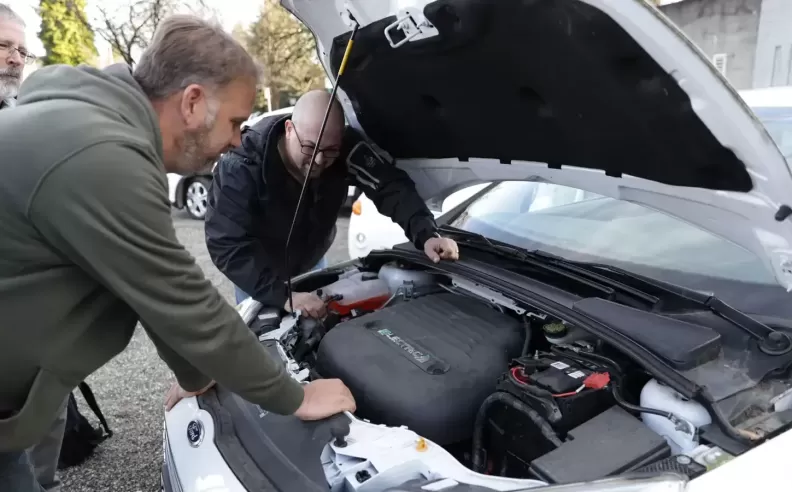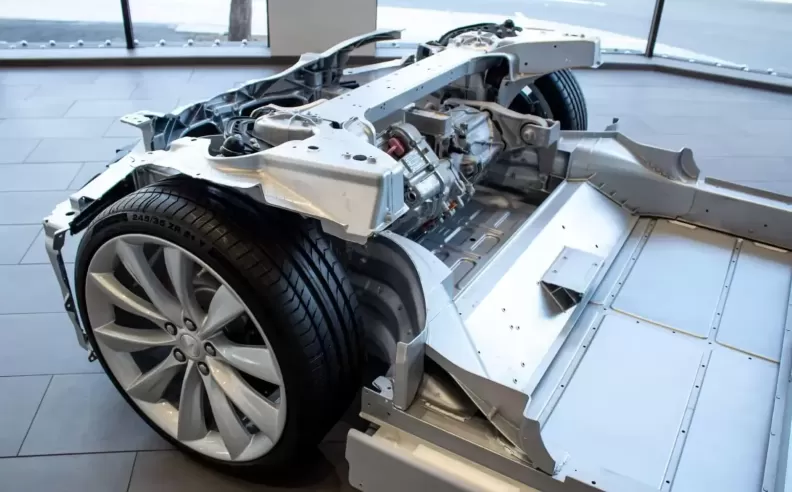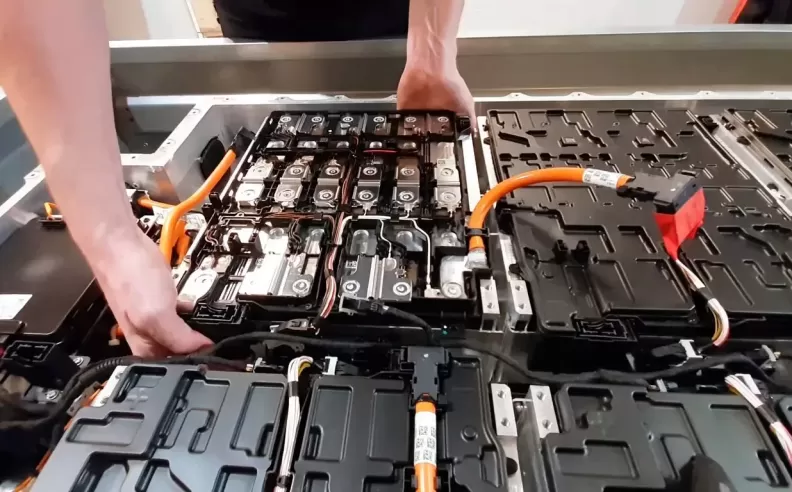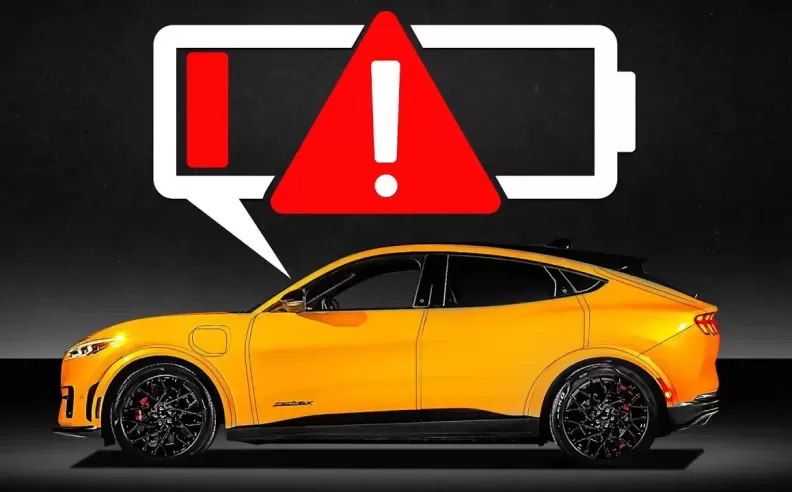
As electric vehicles (EVs) become more popular across the Middle East, drivers are beginning to explore how different they are from gasoline-powered cars, not just in performance but also in what it takes to maintain them. The answer is surprisingly simple: EVs require far less routine upkeep. With fewer moving parts and smart design choices, they reduce time in the workshop and offer long-term savings.

One of the most appealing aspects of EV ownership is reduced maintenance. Traditional engines have hundreds of components working in sync, meaning more wear and tear. Electric vehicles, by contrast, rely on just a few moving parts—mainly the electric motor and pumps that control thermal systems.
Take the Ford F-150 Lightning as an example: over a lifespan of 160,000 kilometers, it’s reported to cost 40 percent less to maintain than its gasoline counterpart. The reason? No engine oil, no spark plugs, no timing belts, and fewer filters. The simplicity of EVs translates into direct cost savings for drivers.

EV batteries are built to last at least 10 to 15 years with minimal capacity loss, often only 10 to 20 percent. Studies show that real-world driving can even lead to longer battery life than lab tests predict. And because EV makers are constantly monitoring and updating systems via over-the-air software, drivers benefit from improved performance and fewer dealership visits.
As for brakes, EVs benefit from regenerative braking, which captures energy during deceleration and feeds it back into the battery. This process reduces wear on brake pads, making replacements far less frequent than in gasoline cars. Of course, fluid levels still need to be checked, just like any car.

While electric cars cut down on most service items, they’re not completely maintenance-free. Tires and wiper blades need regular checks and replacements, especially since EVs are typically heavier and offer quicker acceleration, which can wear out tires faster.
Cabin air filters, suspension parts, and washer fluid refills remain on the checklist, too. And like any modern vehicle, EVs are still subject to recalls. The difference is, many issues can now be addressed with software updates—something that combustion-engine cars can’t match.

Started my career in Automotive Journalism in 2015. Even though I'm a pharmacist, hanging around cars all the time has created a passion for the automotive industry since day 1.
